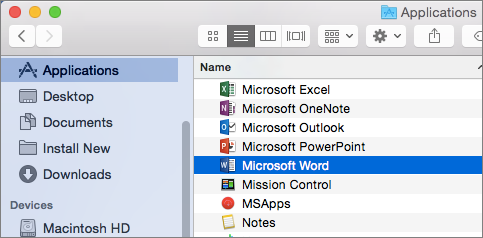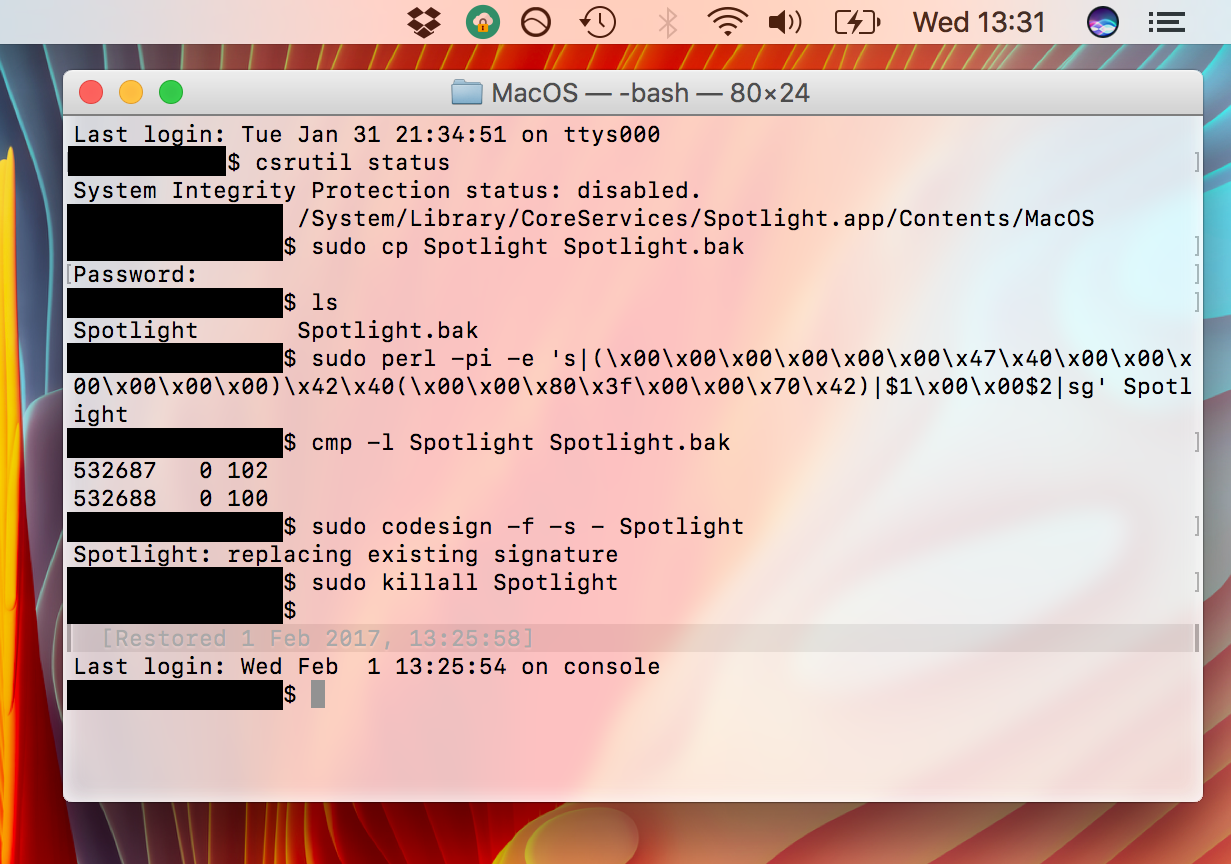Issue
- For instructions about transferring Mac 10.7 certificate files, see How to Import and Export SSL Certificates in Mac 10.7. How to Export Your SSL Certificates. Open Keychain Access. In the Finder window, under Favorites, click Applications, click Utilities and then double-click Keychain Access.
- The keychain services API helps you solve this problem by giving your app a mechanism to store small bits of user data in an encrypted database called a keychain. When you securely remember the password for them, you free the user to choose a complicated one. The keychain is not limited to passwords, as shown in Figure 1.
- Multiple references to the same keychain could appear in the Keychain Access application. Applications are unable to retrieve items from a keychain file located on a network volume.
Machine Certificate authentication is used on MAC OS X clients. During the GlobalProtect connection process, the user needs to enter the Local Administrator account credentials to allow access to the System keychain twice.
Open Keychain Access. In the Finder window, under Favorites, click Applications, click Utilities and then double-click Keychain Access. In the Keychain Access toolbar, click File Import Items. In the Keychain Access window, in the Destination Keychain drop-down list, select System.

Cause
When using Machine Certificates with GlobalProtect on Mac OS X Clients, the certificate must be accessed from the 'System' keychain in MAC OS X. This will cause a Keychain Access prompt to appear twice when the client attempts to access the certificate for verification against both portal and gateway.
Workaround
Keychain Access On Windows
- Open the Keychain Access application and locate the Machine Certificate issued to Mac OS X Client in the System keychain.
- Right-click on the private key associated with Certificate and click Get Info, then go to the Access Control tab
- Click '+' to select an Application to allow
- Press key combination <Command> + <Shift> + G to open Go to Folder
- Enter '/Applications/GlobalProtect.app/Contents/Resources' and click Go
- Find PanGPS and click it, and then press Add
- Save Changes to private key
The steps above allows GlobalProtect access to only THIS certificate and private key. It will no longer prompt for keychain access, giving users a seamless, no-touch experience with Palo Alto Networks GlobalProtect.


Notes:
- If the workaround provided above doesn't work, please do:
- Move the certificate from System keychain to Login keychain
- Step-1 should then create a prompt similar to below. Click on 'Always Allow'
- The procedure has to be done again every time client is updated.
owner: panagent
Transferring Mac 10.9 Certificate Files
This page provides the following Mac 10.9 instructions:
For instructions about transferring Mac 10.7 certificate files, see How to Import and Export SSL Certificates in Mac 10.7.
How to Export Your SSL Certificates
Open Keychain Access.
In the Finder window, under Favorites, click Applications, click Utilities and then double-click Keychain Access.
In the Keychain Access window, under Keychains, click System and then under Category, click Certificates.
Hold down the command key and then select your SSL Certificate (e.g. yourdomain.com) and the corresponding Intermediate Certificate (e.g. DigiCert Secure Server CA).
In the Keychain Access toolbar, click File > Export Items.
In the “Export” window, do the following:
In the File Format drop-down list select Personal information Exchange (.p12).
Note: A .p12 file uses the same format as a .pfx file.
Click the up-arrow next to the Save As box and navigate to where you want to save the SSL Certificate .p12 file.
Make sure to save the .p12 file in a location that you will remember.
In the Save As box, name the certificate .p12 file (e.g. yourdomain.com) and click Save.
In the “Password” window, in the Password and Verify boxes, create and verify your password and then, click OK.
Your SSL Certificate (with private key and corresponding Intermediate Certificate) has now been exported as a .p12 file.
How to Import Your SSL Certificate File (.p12 and .pfx)
Open Keychain Access.
In the Finder window, under Favorites, click Applications, click Utilities and then double-click Keychain Access.
In the Keychain Access toolbar, click File > Import Items.
In the Keychain Access window, in the Destination Keychain drop-down list, select System.
Navigate to and select your SSL Certificate .p12 file (e.g. yourdomain.com.p12) and then, click Open.
In the Keychain Access... window, enter your admin Name and Password and then, click Modify Keychain.
In the Enter the password... window, in the Password box, type the password that you created when you exported your SSL Certificate (with private key and corresponding Intermediate Certificate) and then click OK.
Your SSL Certificate (with private key and corresponding Intermediate Certificate) is now imported into your System keychain.
Next, use the steps below to assign the new certificate to Services.
How to Assign a New SSL Certificate to Website Services
Open the Server App.
In the Finder window, under Favorites, click Applications and then double-click Server.
In the Server window, do one of the following actions to select the server to which you imported your SSL Certificate.
To assign the certificate to Services on this server
Select This Mac – YourServerName and then click Continue.
Enter your Administrator Name and Administrator Password and then click Connect.
To assign the certificate to Services on another server
Select Other Mac and then click Continue.
Enter your Host Name or IP Address, your Administrator Name and Administrator Password, and then click Connect.
In the Server window, under Server, click Certificates.
On the Certificates page, in the Secure services using drop-down list, select Custom.
In the Service Certificates window, in the Certificate drop-down list, select your imported SSL Certificate for each Service to which you want to assign it.
For example, in the Certificate drop-down list for Websites (Server Website – SSL) select your imported SSL Certificate.
When you are finished, click OK.
Your SSL Certificate should now be assigned to your respective Services.

Test Your Installation
Where Is Mac Keychain Access App
If your website is publicly accessible, our DigiCert® SSL Installation Diagnostics Tool can help you diagnose common problems.
Ready to Order Your Mac OS X Mavericks SSL Certificate
Keychain Access App Mac
Buy NowLearn MoreMac Keychain App
